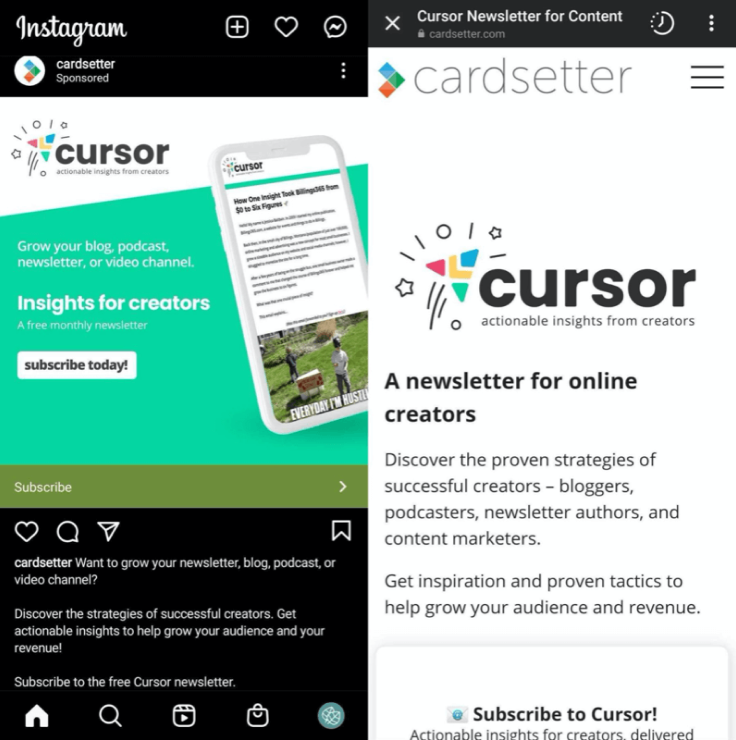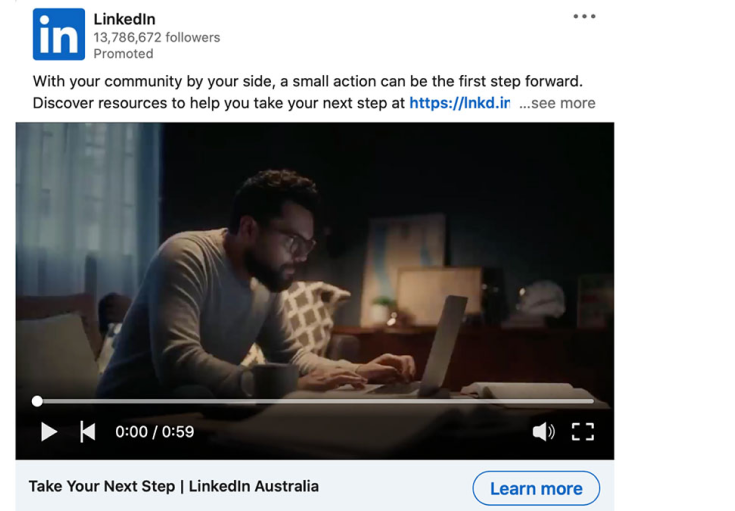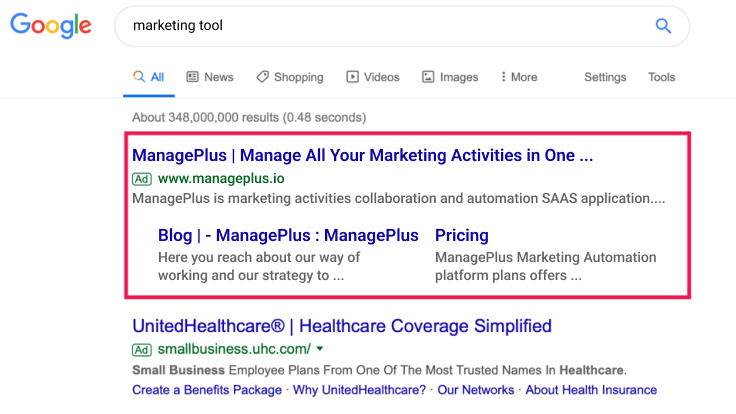
Get upto 50% off in New Year Offer

Get upto 50% off in New Year Offer

Digital advertising has evolved rapidly over the past few years. With new platforms emerging and algorithms changing, the keys to writing compelling ad copy that converts conversions have also changed. In this article, we will discuss how to craft converting ad copy for the major social media and search platforms in 2024.

The first rule of great ad copy that convert understanding the platforms where your ads will be displayed. Every digital channel has unique audience demographics, content formats, and advertising objectives. Social media copy that elicits an emotional response on Instagram may fall flat on LinkedIn. What works in a YouTube pre-roll ad may not translate to a Facebook carousel.
That’s why it’s critical to deeply understand who uses each platform, their browsing mindsets, typical behaviours, and reasons for engagement. This allows you to craft copy tailored explicitly for each digital environment.
Also Read | What is Zero Click Content: Why we should Create it?

Before writing your first ad copy that converts, it pays to peek at what’s working for competitors advertising on the same platforms and niches. Using incognito browsing modes search out and analyze competitor ads running on channels relevant to your targets.
Examine what types of creatives, offers, messaging, designs, and formats competitors use. What positioning and emotional hooks do their ads leverage? What language resonates best with the target audiences? You can derive priceless insights for shaping your conversion-focused copy. When taking inspiration, just be sure to put your own unique stamp as a brand. Never fully copy what rivals have done previously.

An invaluable yet commonly skipped step is outlining a typical customer journey regarding your offering. Chart out a prospect’s logical stages and thought processes, from initial awareness to final purchase.
Key phrases may include:

Every ad needs clearly defined goals before the first copy draft. What are you trying to accomplish with each campaign, asset, and channel? Common objectives include:
Get very clear on what success looks like for each. Is the user clicking through to a product page? Watching 50% of a video? This clarifies what precise user actions to ask for in copy. It also informs metrics to gauge performance post-launch.
Also Read | Top 10 Affiliate Marketing Tips to Improve Your Passive Income
Ad copy effectiveness relies tremendously on choosing formats that align with platform norms and audience expectations. Consider common styles and assets used across leading channels, such as:

Facebook is still one of the largest social platforms, so your ad copy that converts needs to be optimised for it. When writing Facebook ad copy, keep these tips in mind:

With its focus on images, videos, and reels Instagram favours highly visual ad copy. When writing for Instagram ad copy:

LinkedIn demands a more professional yet engaging approach. Follow these tips while writing LinkedIn ad copy:

With Twitter’s character limits, you need snackable yet intriguing Twitter’s ad copy. Here are some tips:

While Google ads copy works differently than social ads, the following principles apply:
Headlines are also the keys to ad success; since these content-scanning visitors are only using a fraction of their attention span, if they run across a weak or off-topic title they’ll immediately bounce. Take time to nail down the right words, and try everything out. Consider angles like:

Even the most magnetic headlines require follow-through body copy for sustained user focus. Employ these structural elements to drive continued engagement:

The most brilliantly crafted copy means nothing if it doesn’t convert interest into action. Never leave users guessing what you want them to do; state it explicitly. Calls-to-action for digital ads might include:
To facilitate clicks, format CTAs visually with contrasting colors, borders, and font sizes and include contact/download action verbs. Strategically place above the fold on landing pages and always link to intended conversion destinations.
Beyond structure and format, writing style matters greatly in the ad copy that converts. You must meet audience expectations with word choice and tone suited to each environment. Hence study vocabularies used by category and demographic leaders on respective platforms.
Describe clear before/after scenarios with solution emphasis. Align diction and syntax to complement surrounding content that users already accept. This earns relevance enabling messages to sink in.
In this digital age, the presence of multiple digital platforms and technologies creates a lot of distraction for the audience. So the task of creating engaging visual ads becomes all the more challenging. The design of a digital advertisement should be such that it targets the right set of customers. This is highly effective in encouraging the audience to take action. Also, there should be a clear distinction between brands. Visual ads that highlight the lifestyle of customers influence them to associate with the product.
We’ve covered start-to-finish processes for crafting high-converting ad copy aligned to every central digital platform’s formats and audiences in 2024. From deeply understanding your goals, optimal ad structures, and word styles suited to each channel, you now have a blueprint for engaging users in the moments that matter most to them.

Streamline your marketing efforts with AI-powered working design — Organize, collaborate, and optimize your marketing campaigns all in one place!

Join now to shape the future of MangePlus
Don’t miss out
Content Writing | SEO | SEM